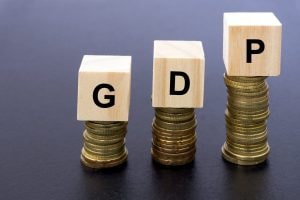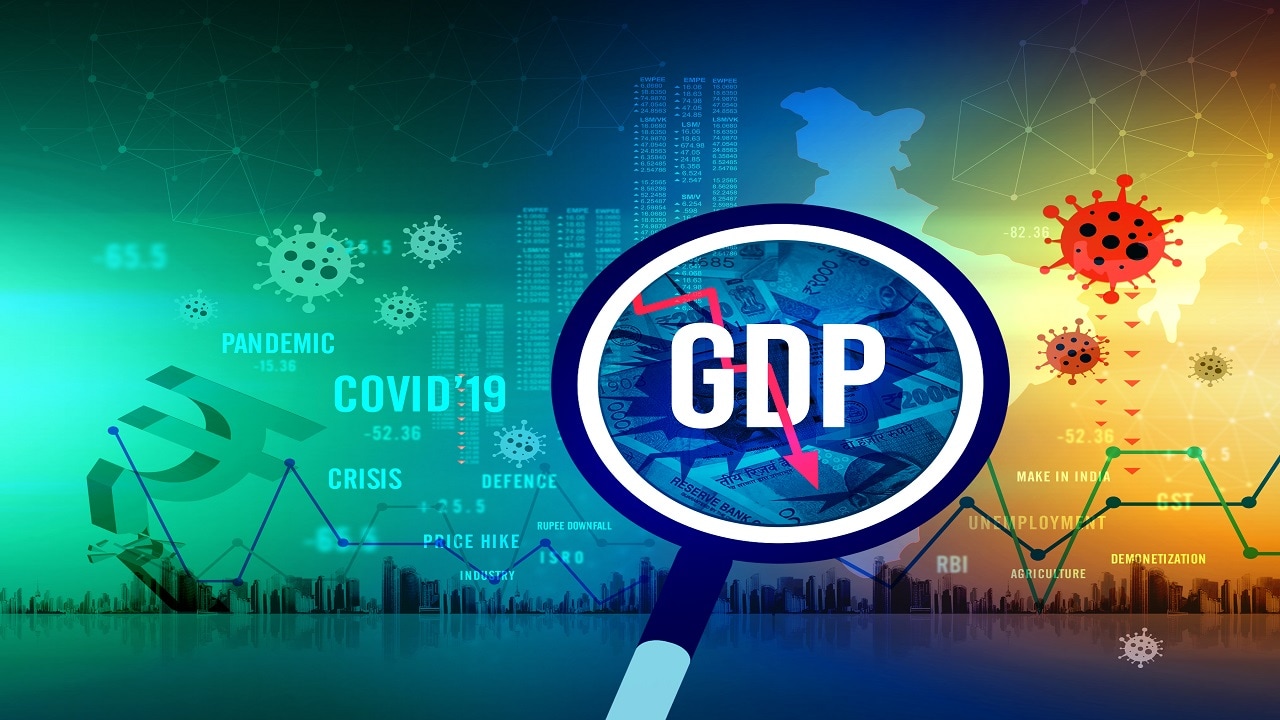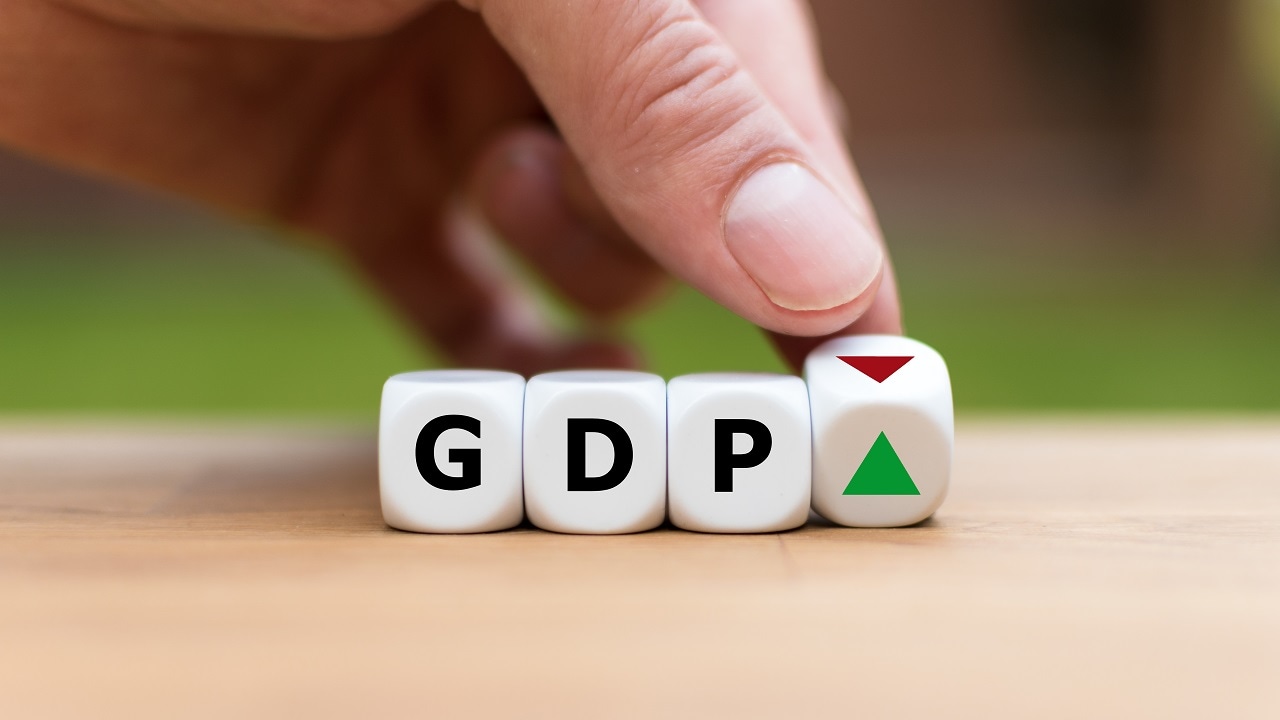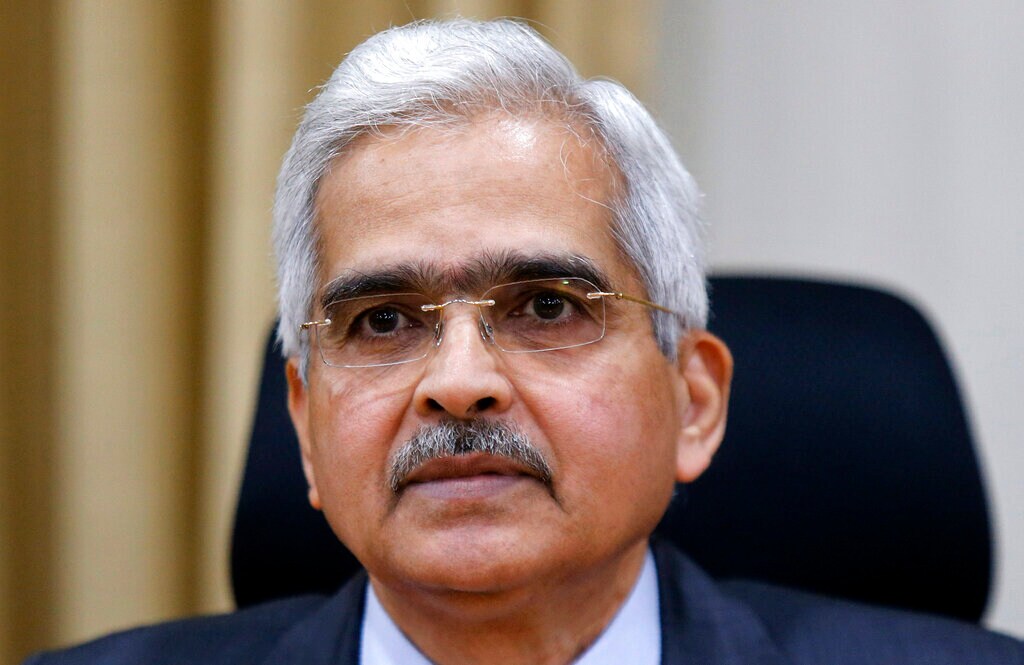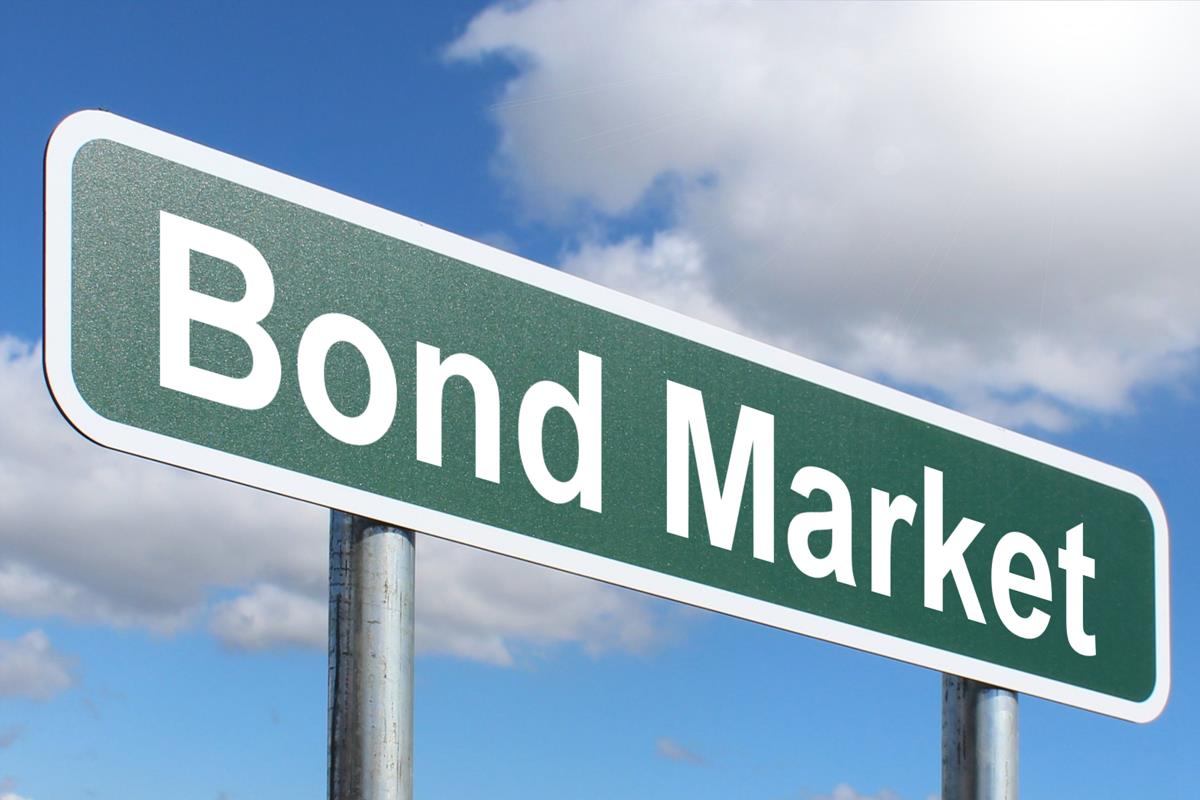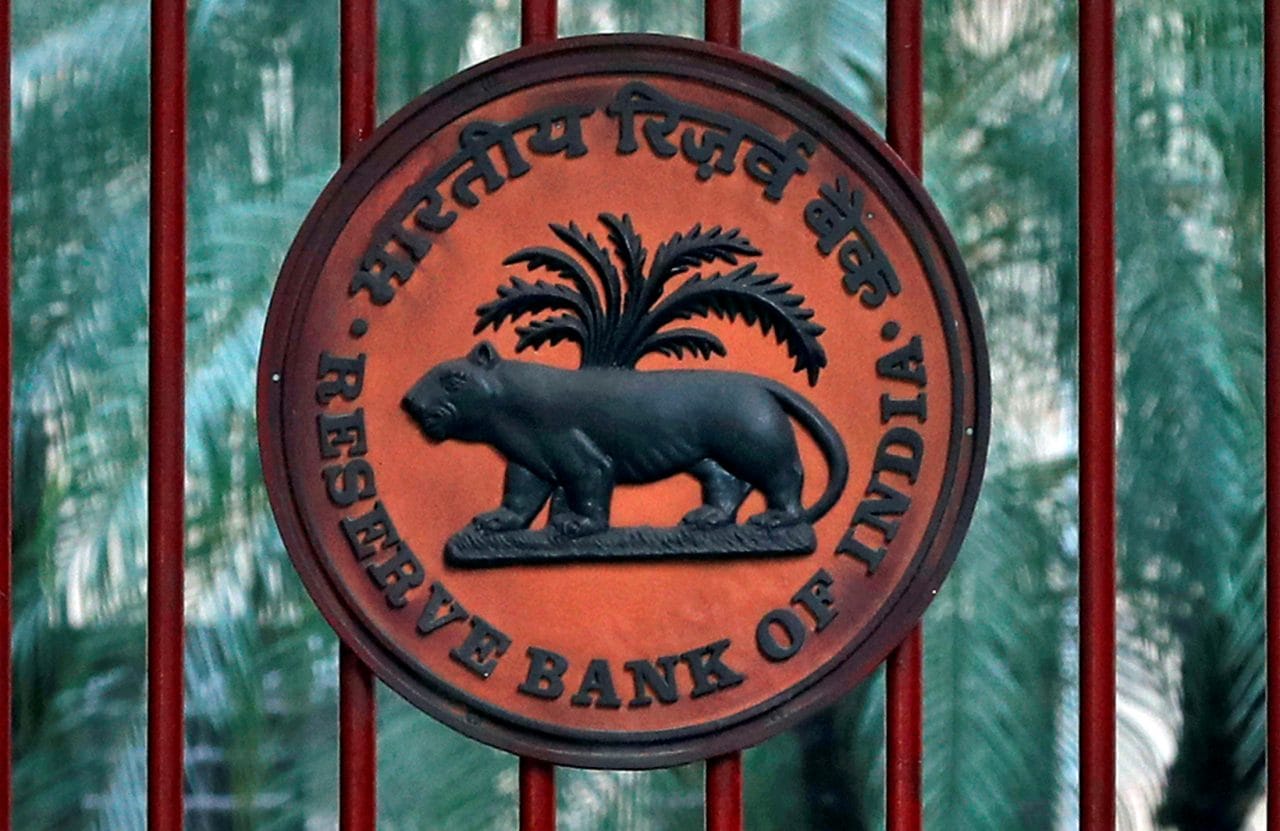With every new COVID wave, correlation between mobility restrictions and GDP reducing: Citi
Summary
India’s trade deficit has inched to uncomfortable levels, coupled with bond yields moving up. COVID-induced restrictions, announced by several states, are also playing spoilsport. To understand whether any of these can become brakes to growth, CNBC-TV18’s Latha Venkatesh spoke to Samiran Chakraborty, chief economist-India at Citi.
Roaring markets notwithstanding, the Indian economy appears to be facing several headwinds. Rural consumption has slowed down, as pointed by consumer durables and FMCG players. Along with it, India’s trade deficit has inched to uncomfortable levels, coupled with bond yields moving up. COVID-induced restrictions, announced by several states, are also playing spoilsport. To understand whether any of these can become brakes to growth, CNBC-TV18’s Latha Venkatesh spoke to Samiran Chakraborty, chief economist-India at Citi.
Without taking anything away from the Omicron threat that is looming over our heads, Chakraborty said that with every passing wave, the correlation between mobility restrictions and GDP is reducing. The virus is not having as much of an impact on the economy as it did before. Hence, he is not in a hurry to slash the GDP forecast. However, he believes that Omicron could be a factor that will drive both fiscal and monetary policy, going forward.
Also Read: What is fiscal deficit? All you need to know
He said, “The Omicron threat is looming over the economy. But I must also say that our work globally is suggesting that with every passing wave, the correlation between mobility restrictions and GDP impact is getting weakened or in other words, the virus is not having as much impact on the economy as it initially was having.”
“That’s why at this point of time, we are not in a hurry to slash our GDP growth forecast for this year. But it’s quite obvious that this will become a factor, which will drive both the fiscal and monetary policy going forward,” he added.
Chakraborty also cautioned about rural consumption. He said that there is some pressure on the agrarian part of the economy and the government flows to rural India is less in FY22 than in FY21. He added that the 9.8 percent GDP forecast for FY22 is after considering the decline in rural economy. However, he cautioned, that if the third wave leads to more restrictions, it could impact growth forecast.
He said, “We have been highlighting this pressure on rural consumption for a while now. In fact, if you look at our rural consumption index, which we create out of about nine different variables, this index is yet to get back to the pre-second COVID wave levels.”
Chakraborty added, “We are seeing some pressure on the rural, agrarian part of the economy. We are at about 9.8 percent – we increased our GDP growth forecast a bit after Q2 released, because Q2 was slightly better than what we had initially anticipated. I think we have already baked in the rural economy decline in a forecast.”
“But I don’t think we were in a position to make any statements about the Omicron-related Q4 impact as yet, because this is an evolving situation. If third wave leads to more and more restrictions across the country, then obviously, it will have an impact,” he explained.
Also Read: Rising Omicron cases can impact growth by 0.3% in March quarter: Report
Additionally, Chakraborty added that everyone has gotten used to 1-1.5 percent current account deficit (CAD), and the last time the country witnessed 3 percent CAD was almost 10 years ago. He added that monthly trade deficit could decline to around $17 billion in the next year, thereby reducing CAD. Further, he explained that a $10 rise in crude prices results in a 0.4-0.5 percent rise in CAD. However, if CAD crosses the 3 percent mark, it could result in more flutter.
He said, “We have got used to about 1-1.5 percent of current account deficit. The last 3 percent current account deficit was way back, almost 10 years back. So the clearly this is a situation which causes some concern.”
He added, “Our commodity analysts believe that for a few important items for India, the commodity prices next year are likely to fall and when we bake that into our forecast, what we see is that the monthly trade deficit can decline from about USD 21 billion to about USD 17 billion next year and if that happens, then we should be able to get back to above 1.6 percent of current account deficit.”
He further added, “This is still more manageable, but very important is this price decline. If that does not happen, then we would be looking at a much larger current account deficit, going forward. We think that if the current trend rate continues then next year’s current account deficit will be more than 2 percent of GDP also.”
Chakraborty explained, “The sensitivity is that about a USD 10 per barrel increase in oil price leads to about USD 10 billion to USD 14 billion of increase in current account deficit, or about 0.4 to 0.5 percent increase.”
“My sense is that with RBI sitting on close to USD 650 billion of reserves, about 2 percent current account deficit is not going to be much of a problem, especially if next year, we see the bond index inclusion and that leads to a huge bunched up portfolio inflow. But if the number starts reaching 3 percent plus, then maybe it will create a bit more flutter,” he added.
Watch the video for the full interview.
Also Read: Citi sees Nifty50 at 17,500 by December 2022, not too worried about runaway inflation situation

Elon Musk forms several ‘X Holdings’ companies to fund potential Twitter buyout
3 Mins Read
Thursday’s filing dispelled some doubts, though Musk still has work to do. He and his advisers will spend the coming days vetting potential investors for the equity portion of his offer, according to people familiar with the matter









 Listen to the Article
Listen to the Article  Daily Newsletter
Daily Newsletter







